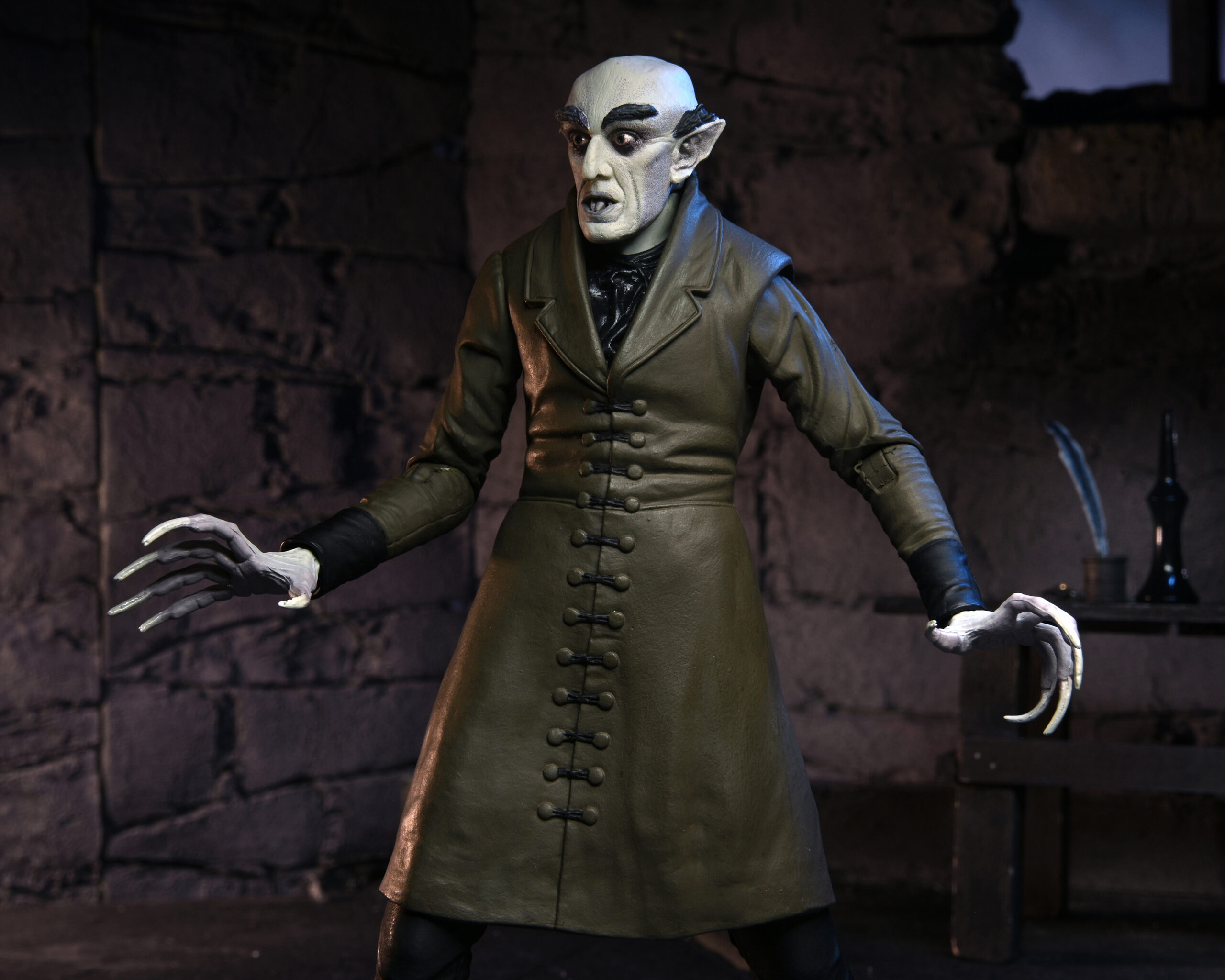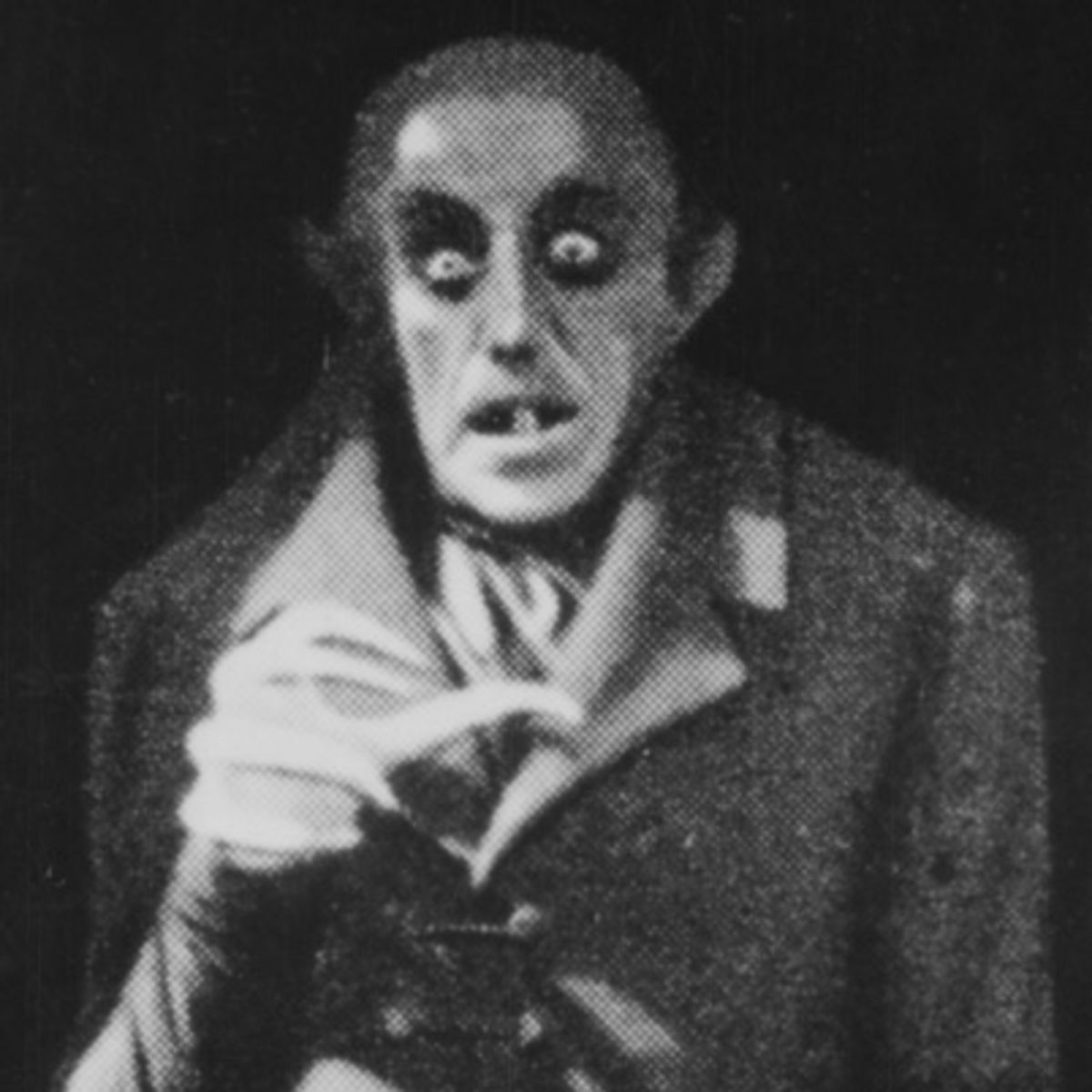Count Orlok in Literature

Count Orlok, a fictional character created by Bram Stoker in his 1897 novel “Dracula,” stands as a seminal figure in vampire literature. His portrayal as a sinister and predatory creature has left an indelible mark on popular culture, influencing countless adaptations and interpretations of the vampire myth.
The enigmatic Count Orlok, a figure shrouded in mystery and darkness, has captivated audiences for generations. While the allure of his sinister presence lingers, it is time to turn our attention to another captivating event: the highly anticipated Euro 2024 schedule.
Here , you will find all the crucial information about the tournament, including dates, venues, and the eagerly awaited matches. As we delve into the excitement of Euro 2024, let us not forget the enduring legacy of Count Orlok, whose haunting presence continues to inspire and intrigue.
Significance of Count Orlok’s Portrayal as a Vampire
Orlok’s portrayal as a vampire in “Dracula” is significant for several reasons. Firstly, it challenged the traditional romantic portrayal of vampires as alluring and seductive beings. Instead, Stoker presented Orlok as a grotesque and repulsive creature, emphasizing the monstrous and predatory nature of vampires.
The enigmatic Count Orlok, a creature of the night, has captured the imaginations of audiences for centuries. His legend has been immortalized in countless adaptations, including the critically acclaimed eggers nosferatu , a film that breathes new life into the classic tale.
Yet, despite the many interpretations, the allure of Count Orlok remains undiminished, a testament to the enduring power of the vampire mythos.
Secondly, Orlok’s vampirism serves as a metaphor for the dangers of unchecked desire and the corrupting influence of evil. His relentless pursuit of Mina Murray represents the destructive power of unchecked lust and obsession.
Count Orlok, the sinister vampire from Nosferatu, has captured the imaginations of horror fans for generations. His influence can be seen in countless works of art, including the iconic “turkey vs portugal own goal” footage , where a player’s misdirected shot sails into his own net.
Like Orlok’s piercing gaze, the own goal haunts the memories of soccer enthusiasts, a chilling reminder of the unexpected twists and turns that can occur on the pitch.
Symbolism and Themes Associated with Count Orlok’s Character
Orlok’s character is imbued with a rich tapestry of symbolism and themes. His castle, perched atop a desolate mountain, represents the isolation and darkness associated with evil. His piercing gaze and sharp teeth symbolize the predatory nature of evil and its ability to penetrate the defenses of the innocent.
The theme of duality is also evident in Orlok’s character. He possesses both human and monstrous qualities, reflecting the complex and often contradictory nature of evil. His transformation from a seemingly harmless count to a bloodthirsty vampire serves as a cautionary tale about the dangers of succumbing to darkness.
Count Orlok in Film

Count Orlok’s cinematic portrayals have left an indelible mark on horror cinema. From F.W. Murnau’s silent masterpiece “Nosferatu” (1922) to Werner Herzog’s atmospheric remake “Nosferatu the Vampyre” (1979), Count Orlok’s形象 has evolved and endured.
Visual Representation, Count orlok
In Murnau’s film, Count Orlok is a grotesque and menacing figure with pointed ears, sharp teeth, and piercing eyes. His elongated fingers and claw-like nails add to his unsettling appearance. Herzog’s Orlok, while still retaining the essential features of Murnau’s portrayal, is more subtle and nuanced. His movements are deliberate and calculated, his voice a chilling whisper.
Narrative Techniques
Murnau’s “Nosferatu” is a haunting and atmospheric film that relies on expressionistic techniques to create a sense of dread and unease. The use of shadows, sharp angles, and distorted perspectives heightens the film’s eerie quality. Herzog’s “Nosferatu the Vampyre” is a more psychological and introspective film that explores the inner turmoil of Count Orlok. The use of long takes and close-ups allows the audience to delve into the character’s mind and witness his transformation.
Cultural and Historical Context
Count Orlok’s cinematic representations reflect the cultural and historical anxieties of their time. Murnau’s “Nosferatu” was released during the aftermath of World War I, a period of widespread fear and uncertainty. The film’s depiction of a predatory and unstoppable force resonated with audiences who were grappling with the horrors of war and the fragility of human existence. Herzog’s “Nosferatu the Vampyre” was released during the Cold War, a time of nuclear threat and political division. The film’s exploration of isolation and the dangers of unchecked power spoke to the anxieties of the era.
Count Orlok in Popular Culture

Count Orlok, the iconic vampire from F.W. Murnau’s 1922 film Nosferatu, has left an indelible mark on popular culture. His image and influence have evolved and been referenced in various media over the decades.
Orlok’s gaunt, skeletal appearance, with his long, sharp claws and piercing eyes, has become synonymous with the vampire archetype. His slow, deliberate movements and eerie silence add to his menacing presence.
Parodies and References
Count Orlok’s image has been parodied and referenced in numerous television shows, films, and video games. In the Simpsons episode “Treehouse of Horror VII,” Homer transforms into a vampire resembling Orlok. The video game Castlevania: Symphony of the Night features a character named Dracula who bears a striking resemblance to Orlok.
The iconic scene in which Orlok rises from his coffin has been recreated in various media, including the music video for Michael Jackson’s “Thriller” and the film Bram Stoker’s Dracula.
Enduring Appeal
Count Orlok’s enduring appeal lies in his unique and terrifying appearance, which has come to define the vampire archetype in popular culture. His slow, deliberate movements and eerie silence add to his menacing presence, making him a truly unforgettable character.
Orlok’s influence extends beyond horror media, as he has become a cultural icon representing the dark and mysterious aspects of human nature. His image continues to be referenced and parodied in various forms, ensuring his legacy as one of the most iconic and enduring characters in cinematic history.
Count Orlok, the sinister vampire from the classic film Nosferatu, has captivated audiences for decades. His chilling presence has inspired countless adaptations, including a modern interpretation set in the backdrop of the intense rivalry between Chile and Peru. This fierce competition, known as the Chile vs Peru rivalry, has captivated fans with its high-stakes matches and passionate atmosphere, much like the allure of Count Orlok himself.
The enigmatic Count Orlok, with his piercing gaze and insatiable thirst for blood, has captivated audiences for decades. His legacy continues to inspire, as evidenced by the recent surge in interest in solicitado peso pluma , a captivating tale of a young boxer’s struggle against adversity.
Like Count Orlok, the protagonist of this gripping story faces formidable challenges, yet remains undeterred in his pursuit of victory, echoing the indomitable spirit that made Count Orlok an enduring icon of horror cinema.